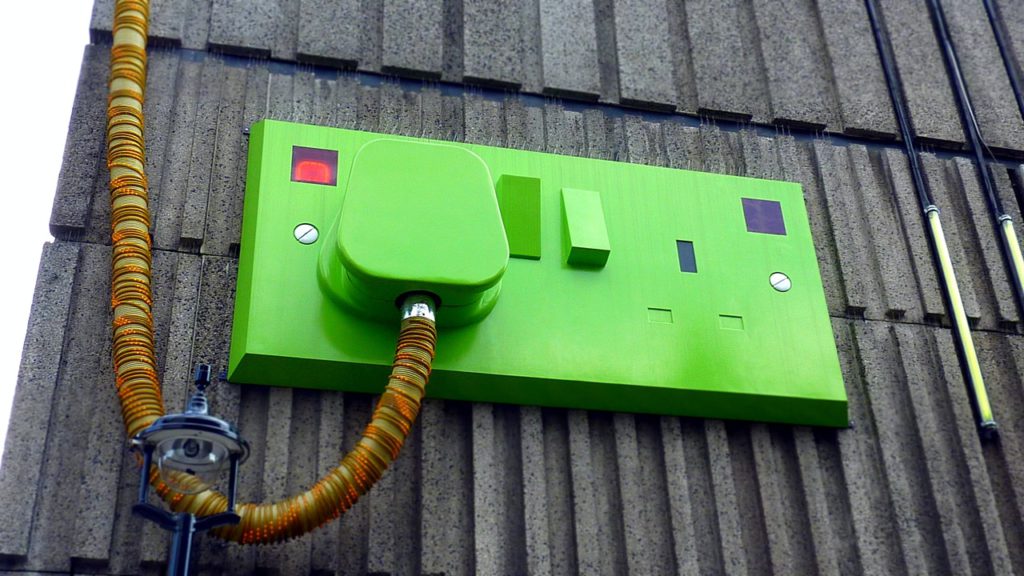Situation Report
The Gulf Stream, a vital ocean current, is slowing due to climate change, posing risks of severe global impacts, including harsh winters in North America and disrupted monsoons in Asia. If it stops, consequences could be irreversible. Urgent action to reduce emissions and protect vulnerable ecosystems is essential to mitigate this threat.








